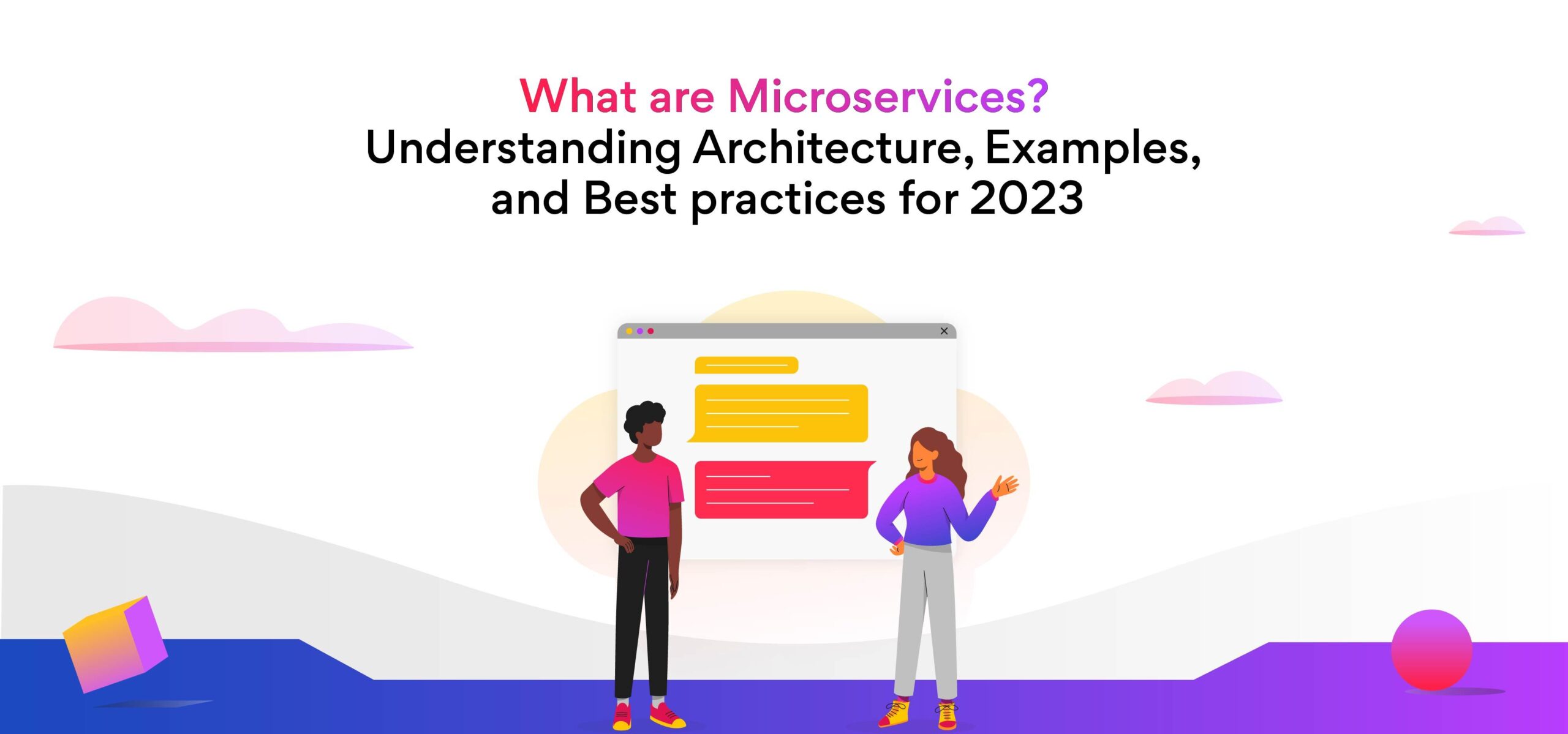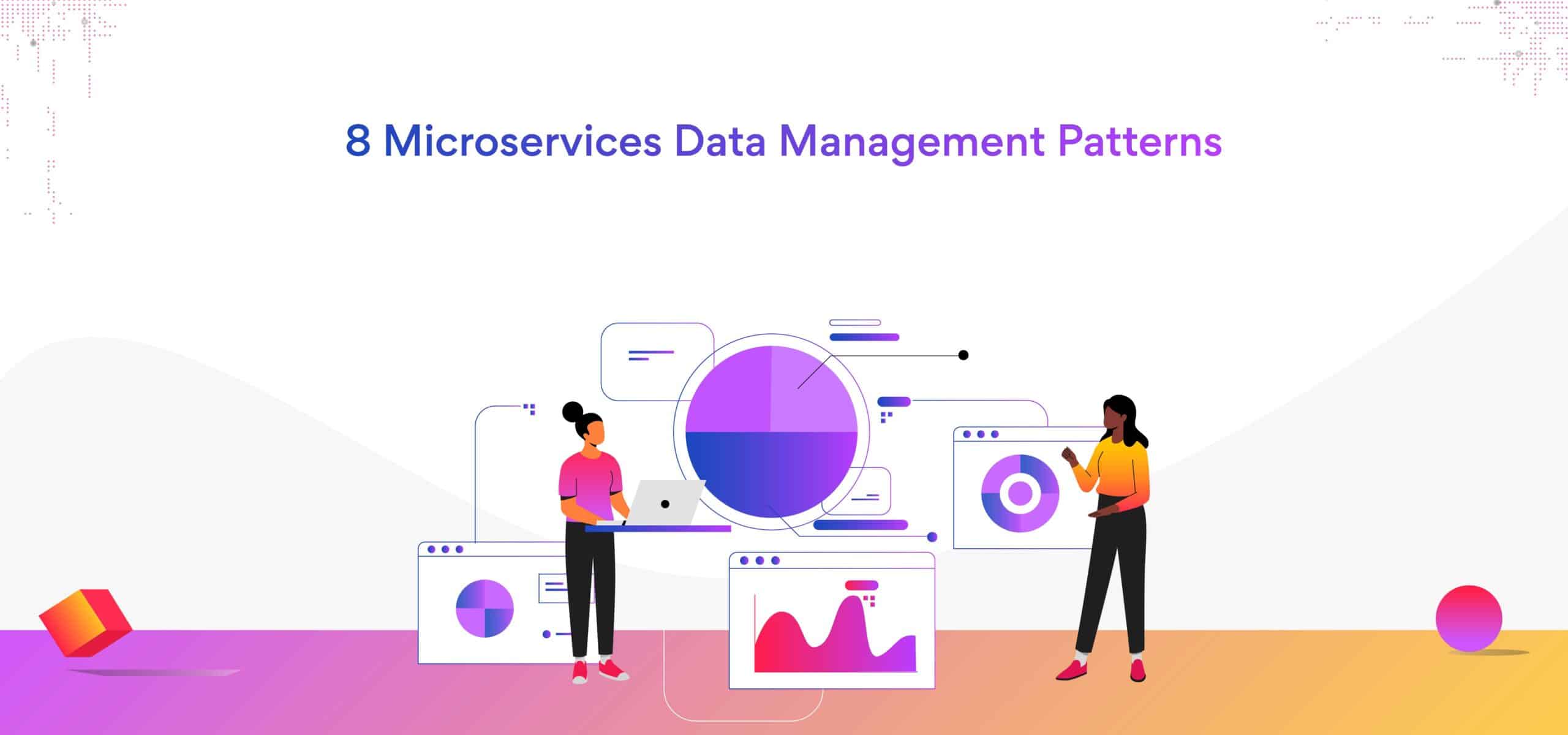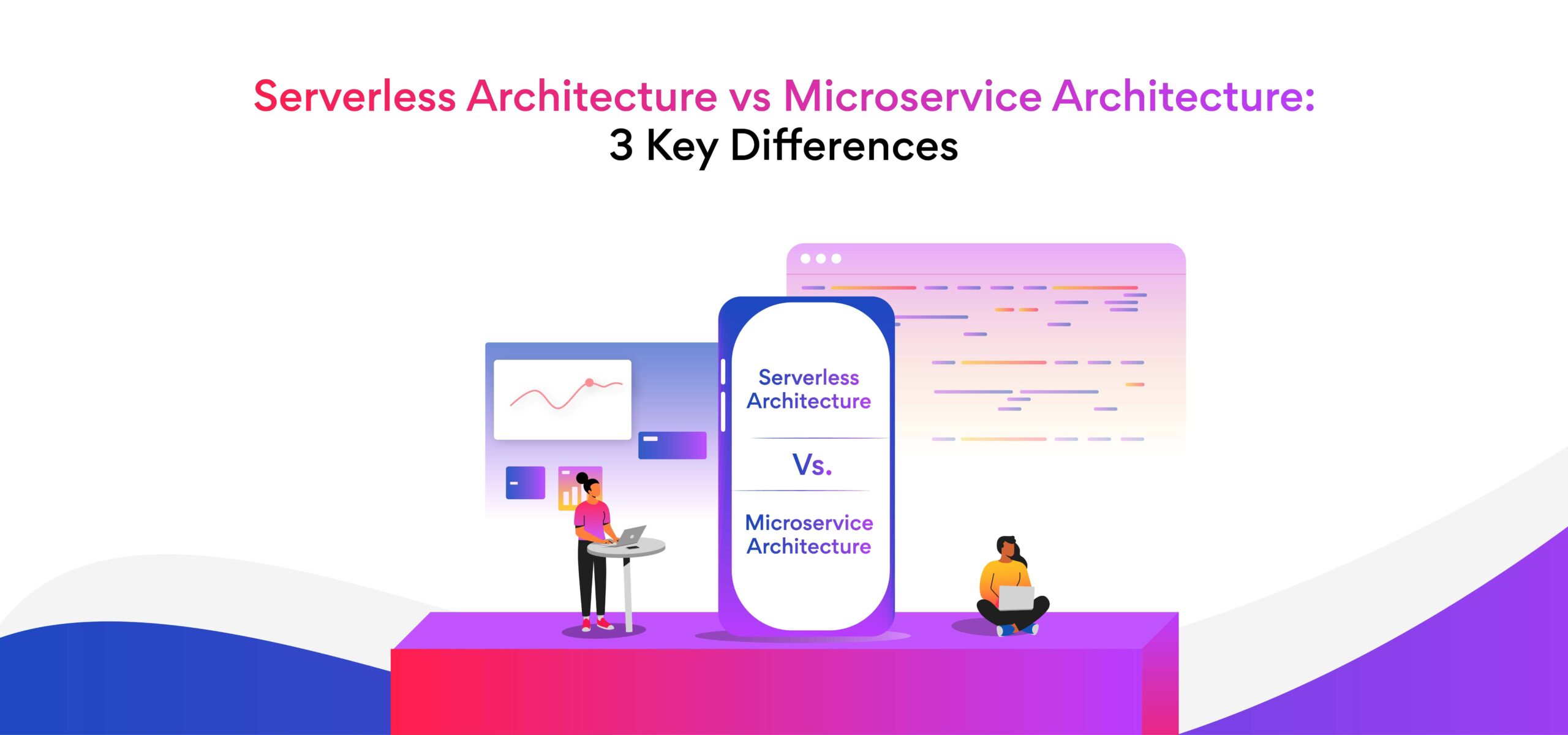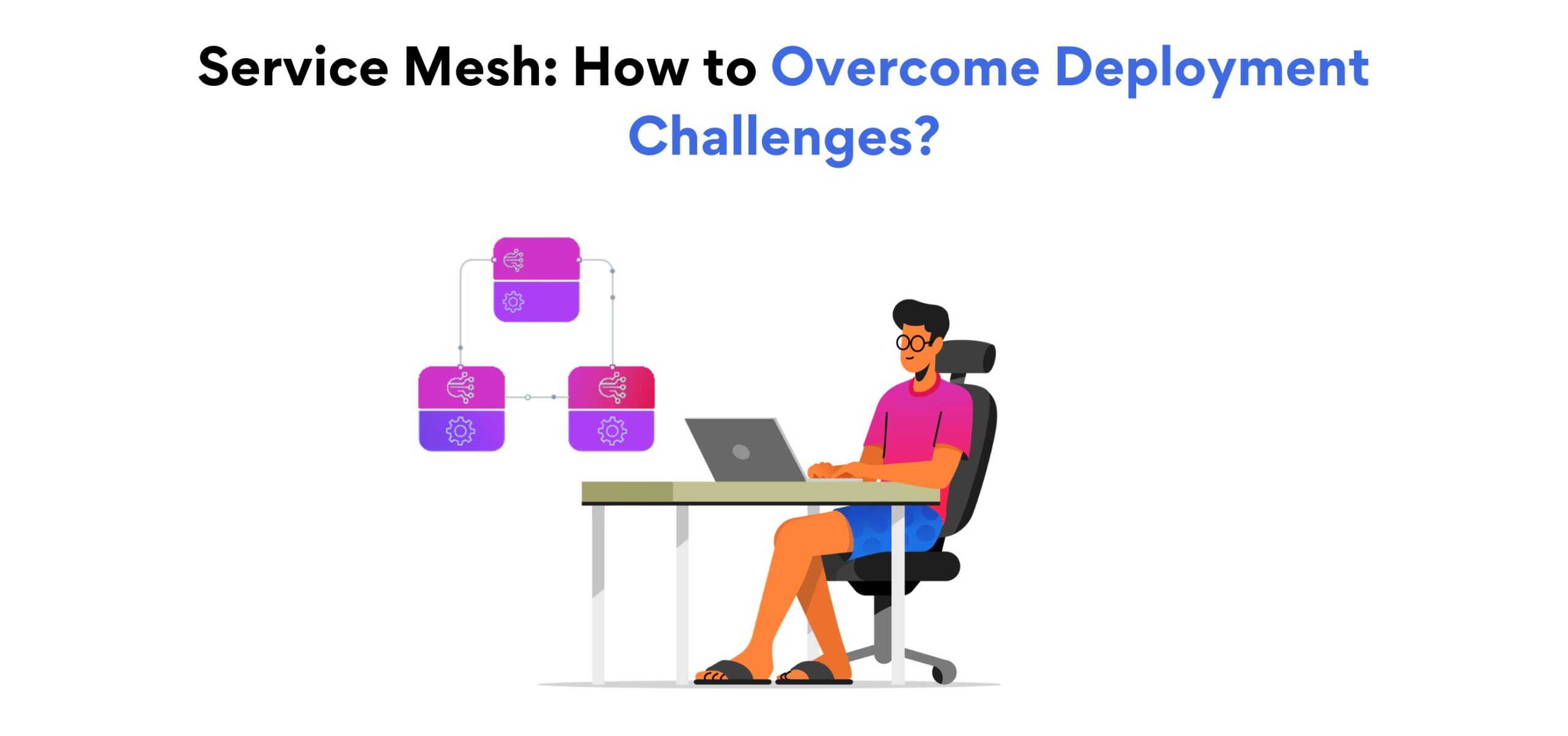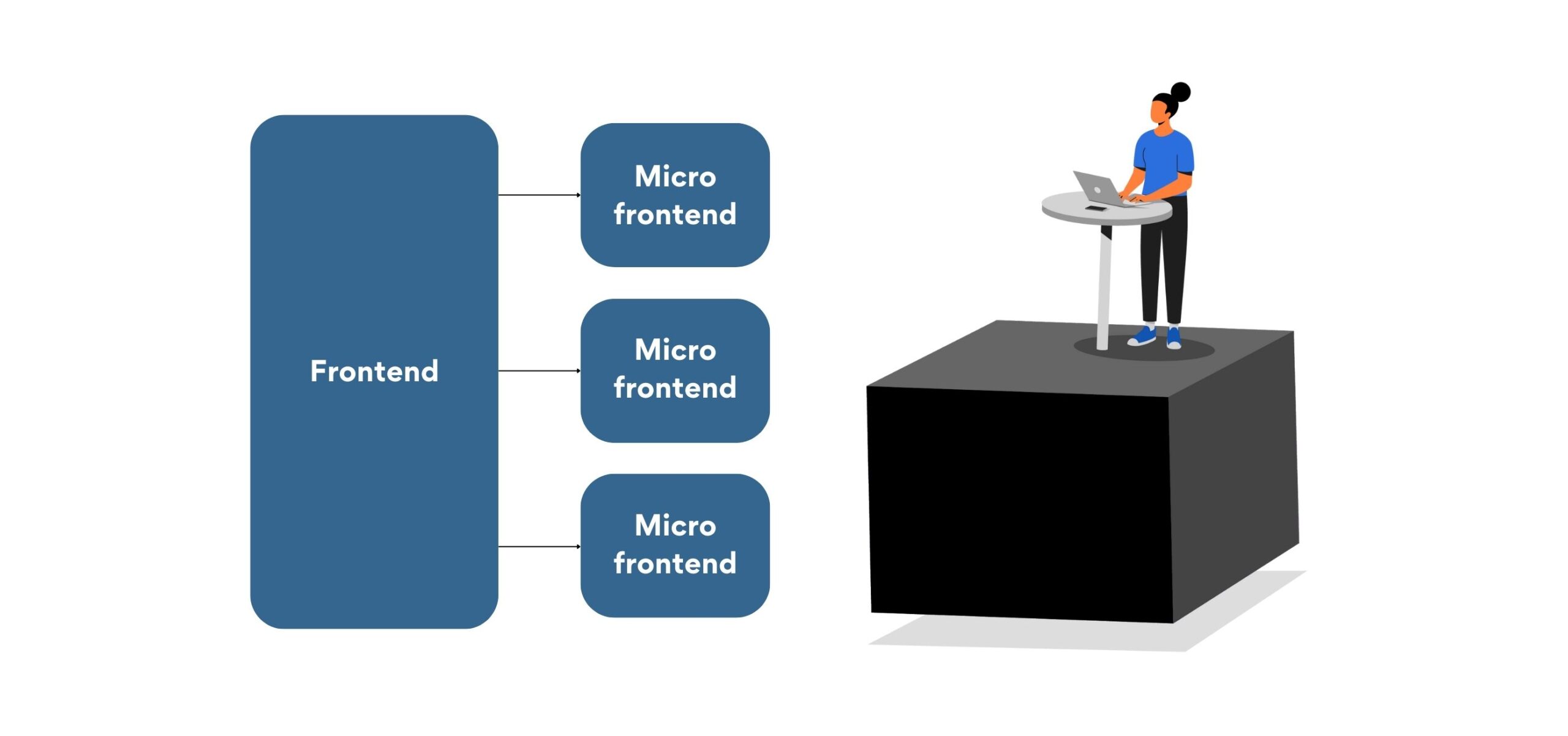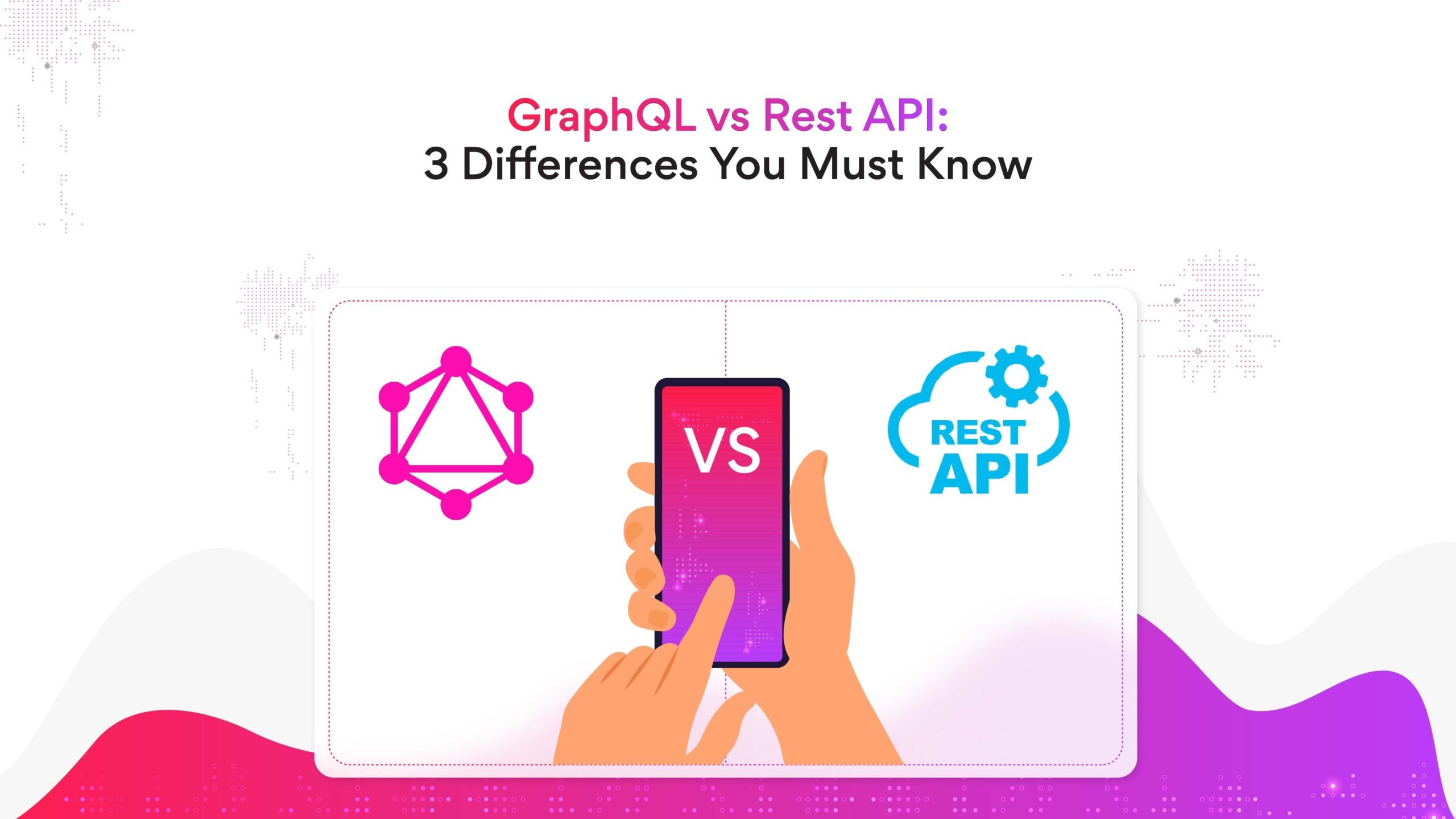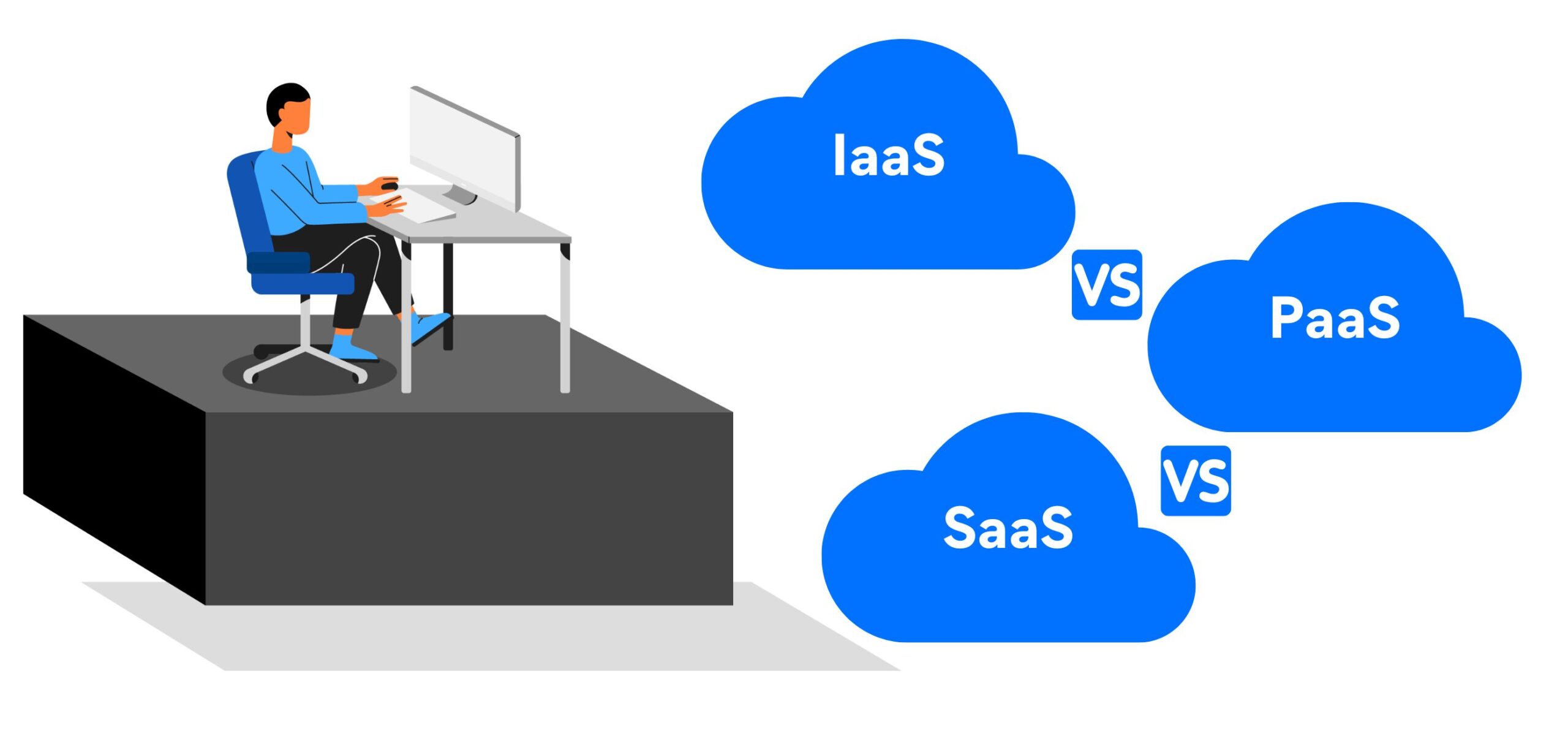What are Microservices? Understanding Architecture, Examples, and Best Practices for 2024
What are microservices? How do microservices work? How is microservices architecture different from monolithic architecture? What are the key characteristics of microservices architecture? What are some real-life examples of microservices?
This blog post will help you answer all these questions.
What are microservices?
Microservices is an architectural approach to software development that uses small components and modules to create large applications. The small components and modules have a specific business goal. Also, each module uses APIs to communicate with the server of other modules.
Note: Microservices started when software development took a service-oriented approach from the more rigid traditional approach.
How do microservices work?
The microservices architecture divides an application into several unique services. Each service manages its database, generates alerts, handles user authentications, communicates with user interfaces, and logs data, among other tasks.
Users can isolate, rebuild, redeploy, and manage each service without affecting the overall applications.
How is microservices architecture different from monolithic architecture?
Applications are large, interconnected units that you cannot change easily in a monolithic architecture. Also, rewriting the code requires creating and deploying a new version of the software. All the processes rely on each other in the monolithic architecture. Therefore, the entire architecture requires scaling during an increase in bandwidth demand.
On the other hand, the microservices architecture allows large applications to split into small components that operate independently. Also, modifications are easy as you can update and redeploy specific services without impacting the entire application.
Microservices architecture offers greater flexibility and easy-to-scale software applications.
Related post: Serverless Architecture vs Microservice Architecture: 3 Key Differences
What are the key characteristics of microservices architecture?
The key characteristics of a microservices architecture are as follows:
- Numerous components
Microservices can be split into numerous components wherein each component can be updated, deployed, and tested independently. Developers can work on specific components without compromising the entire application.
- Resilience
Microservices applications are resilient as they can divert traffic to other components when a component fails unexpectedly. Also, it is quite easy to monitor microservices for failure and identify what went wrong to fix the issues immediately.
- Decentralized operations
The microservices architecture offers decentralized data management wherein developers can create tools for specific components that other components can also use. Decentralization also allows users to use the code of other components to bootstrap applications without writing the code from scratch.
- Easy routing
Microservices applications use dumb wires to transmit information from one component to another. Microservices components receive requests, process them, and give an appropriate output to the requesting components. Microservices facilitate efficient routing by receiving requests and applying logic to give the correct response.
Related post: 8 Microservices Data Management Patterns
Examples of microservices
Major tech companies use microservices to increase the speed of operations and create resilient applications that are easy to update. Here are a few real-life examples of microservices in business operations…
- Amazon
Amazon built its website using monolithic architecture, creating tight-knit connections between multi-tiered services. Services like customer profiles, order management systems and inventory management in monolithic architecture existed in a single database.
However, with growing demand, Amazon expanded its codebase and hired more developers. Soon upgrading the software application and website became more time-consuming, service interdependencies increased, and the software development life cycle slowed down.
To counter these issues, Amazon shifted to microservices architecture, dividing software applications and websites into small independent components that would interact with each other using APIs.
After shifting to the microservices architecture, developers analyzed the source code and isolated units of code easily. Also, developers wrapped the isolated units in a web interface and created separate functions for specific components without impacting the entire website.
Amazon followed two fundamental rules for microservices applications, including the ‘two-pizza team’ rule and the ‘you built it, you run it’ rule. The two-pizza team rule ensured that no team was big enough to need more than two pizzas for lunch, whereas the ‘you build it, you run it’ rule ensured that the developers were responsible for the services they created.
By using the microservices architecture, Amazon automated operational tasks, and scaled services for business needs and incoming traffic.
Related post: Former Amazon VP on Conducting Effective Technical Interviews
- Netflix
Like Amazon, Netflix migrated to microservices architecture after the malfunction of its primary database. Netflix replaced relational databases in its data centers supporting vertical scaling with cloud-based distributed systems with horizontal scaling.
With the help of microservices, Netflix divided the application architecture into different services, including one that stores all watched shows, a service responsible for payments, and a service that recommends similar shows, among others.
In addition, with Netflix garnering a huge number of subscribers daily, it was not possible to build data centers immediately. By moving to AWS and using a microservices architecture, Netflix engineers scaled the capacity of servers immediately.
Also, microservices applications increased the speed and agility of development, allowing developers to work in small teams.
Related Post: Netflix, GitHub, and Honeycomb.io Use These Metrics for Continuous Improvement
- Uber
Initially, Uber used monolithic architecture for its ride-sharing application. At first, uber catered only to the city of San Francisco, so it was possible to meet business requirements, offer a clean codebase, and implement core business functionality.
Uber started expanding to different cities around the world, which required many changes to the system. Uber faced a lot of challenges due to the limitations of the monolithic architecture, including bug fixes, the launch of new features, and integration with global operations, among others.
By using the microservices architecture, Uber divided the ride-sharing application into small, easy-to-integrate components with a separate database.
In addition, by streamlining the development process, Uber achieved continuous delivery to all its locations and achieved high business growth.
Microservices best practices for 2024
Here are the microservices best practices for 2024…
- Analyze your business requirement
Organizations must analyze business requirements, core operations, and feature integration, among other things, before opting for microservices. Also, you must review your engineering team’s capability to check if they can migrate to the microservices architecture.
- Secure design
Microservices have a broader attack surface which is why you must adopt microservices with an API gateway. An API gateway will help you handle service requests, authentication, and throttling.
Microservices must have a domain-specific design and should contain internal information to fulfill a specialized function. Also, microservice design should have high cohesion and minimal dependencies on other components.
- Use virtual machines
By using virtual machines, you can use a consistent development environment to adapt the framework and speed up the delivery of components in the microservices architecture.
Also, you must have a specialized repository for each service to maintain clean control logs and ensure that all service endpoints include backward compatibility to prevent the application from breaking during service requests.
- Hosting and deployment
Separate hosting and deployment are one of the best practices for microservices as it helps save time and resources. Also, it enhances fault tolerance, reduces the chance of a complete outage, and isolates components from any error in other services.
Organizations can use containers for microservices to enable platform interoperability and automate the deployment process using separate builds. - Choose the right database solutions
While opting for microservices, it is essential to choose a database that can cater to the specific requirements of a microservice. By combining the right database with infrastructure and storage, you can create a robust framework and manage different services using a service mesh.
Related Post: 8 Microservices Data Management Patterns
Summary
Most organizations are embracing microservices architecture for software development to keep the application running while updating different components and causing zero inconveniences to users. However, organizations must acknowledge business needs and requirements to choose the right microservices architecture.
Are you looking for software developers to migrate to microservices?
Try Turing.
Turing helps you hire the top 1 percent of developers in 3-5 days. Companies can choose from a pool of 3 million developers to find the best candidate.
FAQs
- What are the components of microservices?
The components of microservices are as follows:- Containers: Containers are packages of software that help isolate each service in a different environment.
- Service Mesh: Service Mesh offers a security layer and dynamic messaging for smooth communication.
- Service Discovery: Service Discovery helps manage microservices deployment and load distribution.
- API Gateway: API gateway handles administrative tasks and performs load balancing when necessary.
- How many types of microservices exist?
There are two types of microservices, stateless and stateful microservices. Stateless microservices respond to a request by processing it without maintaining any state information. On the other hand, stateful microservices maintain some form of state and utilize it while responding to service requests.
Tell us the skills you need and we'll find the best developer for you in days, not weeks.
